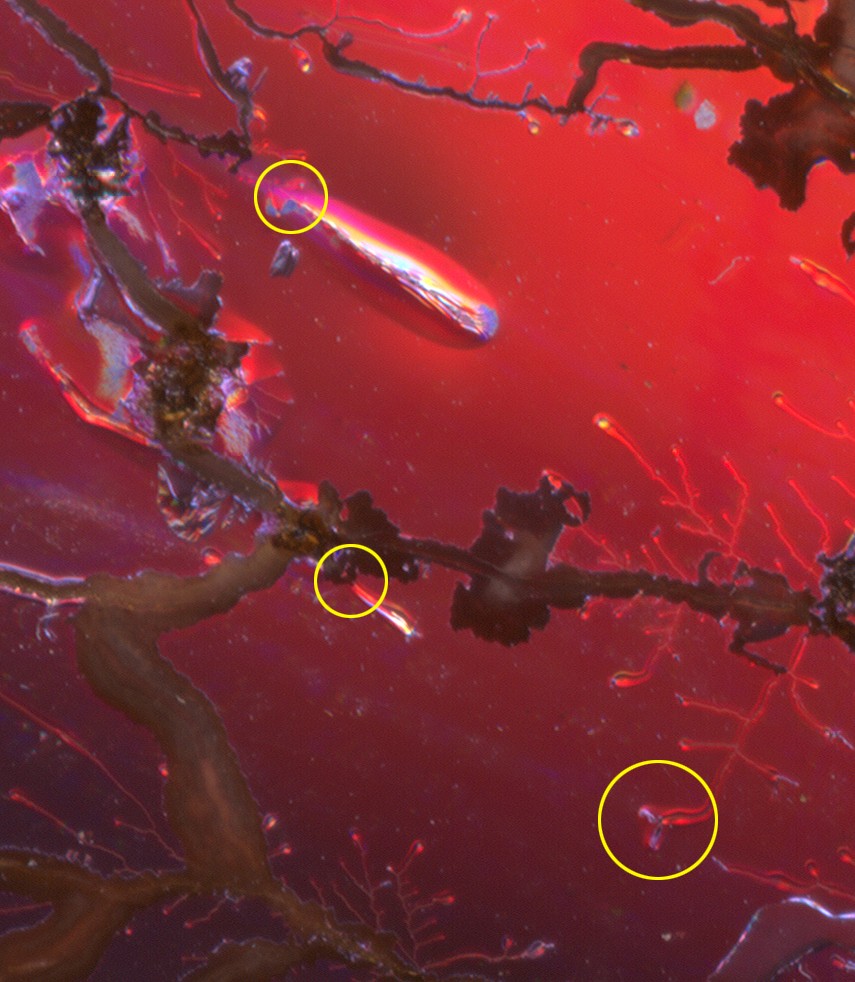
Figure 1. Mechanical Substrate for Deterministic Noise-Based Logic and Commutative Non-Monotonic Operators
As an emergent property of the numerical instabilities used to map the momentum of discretized field invariances, the information processing capabilities of neighboring molecules offers a promising candidate for a noise-based technique to formalize the geometric approximations of energetic high-dimensional features through crystal lattices.
A seven-dimensional holographic landscape embedded within an excitable medium programmed by crystal lattice formations, at ambient conditions, provides an axiomatizable system with superimposed quantum and classical states that can be structured so as to engineer, detect, formalize, and evaluate measurements and behaviors of tunneling currents as parameter values for Archimedean spiral junctions that develop into the equivalents of classical transistors (constructed as logical machines within a collision-based computing paradigm).
While meso-scale high frequency gravitational wave antennae may appear advantageous for signal processing in the time domain, the inter-dimensional fractal resonances propagated by the excitable medium enable a wave-based computational approach to modeling temporal bifurcation patterns and diffusion gradients as a magnetic signal non-locality, re-constituting the time domain as an electrical field.

Figure 1. Mechanical Substrate for Deterministic Noise-Based Logic and Commutative Non-Monotonic Operators

Figure 2. Spectral-Domain Analysis of Interaction Shown in Figure 1
For string verification methods with continuum-noise based hyperspace boundary conditions, increasing the output of edges can be employed to satisfy a structural redistribution of spatial oscillations, given the Fourier transform of the thermal noise basis.
The fundamental frequency oscillations established by the momentum of invariant angular discretizations and the sub-threshold entanglement/decoherence of an unexcited region, resonates with nonlocal formations to establish an upper bound on relative displacements of linear superpositions.

Figure 3. The Standard Linear Scaling Behavior Approximates Computational Domains Which, in an Archimedean Spiral Topology, Usually Contain Frequency Spikes